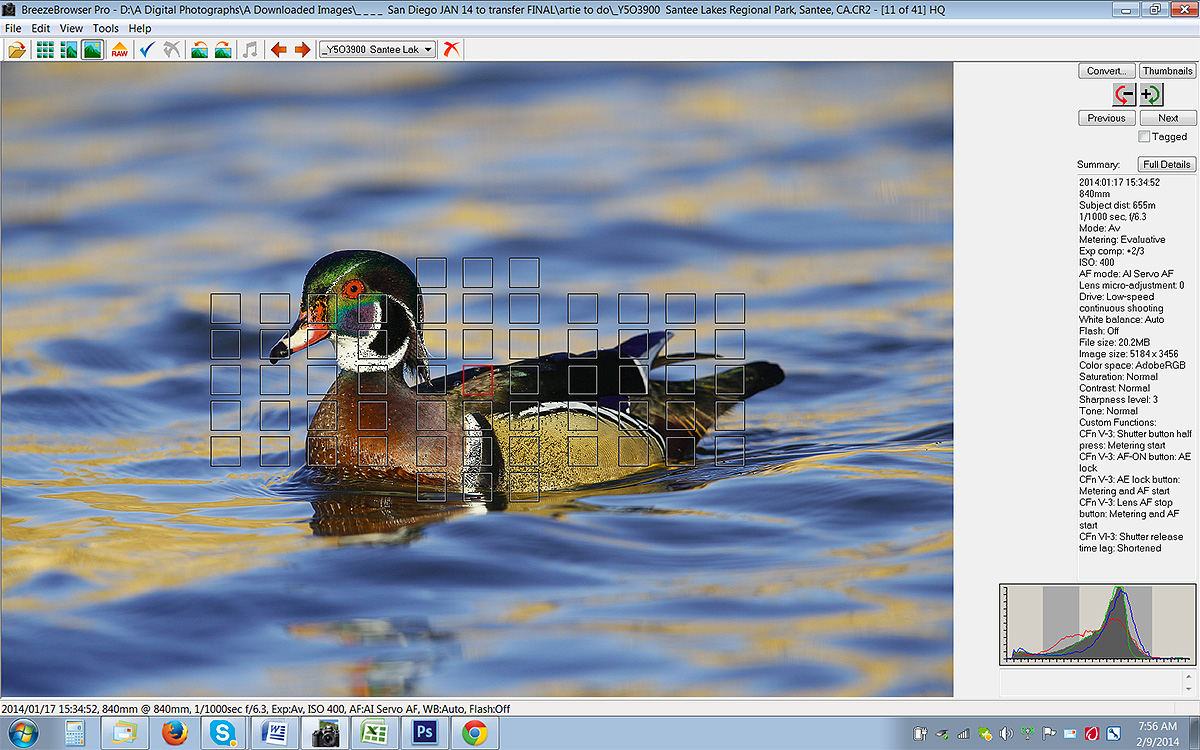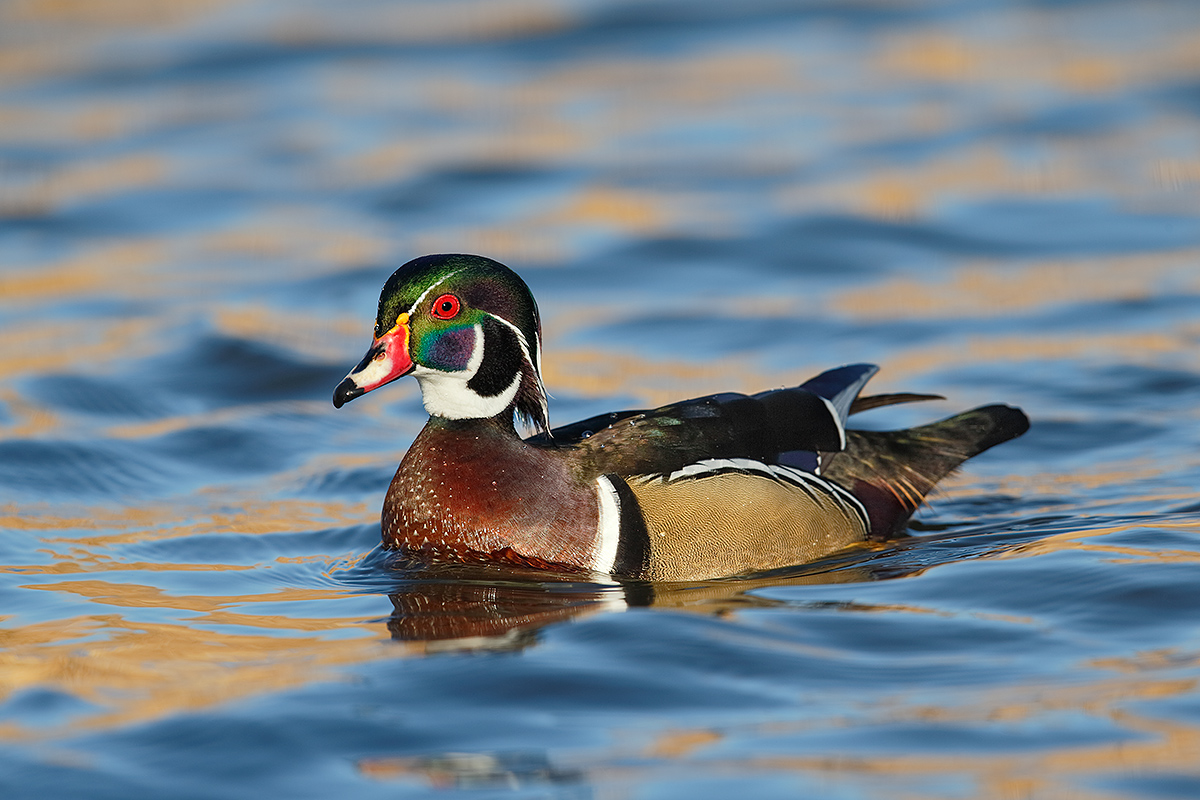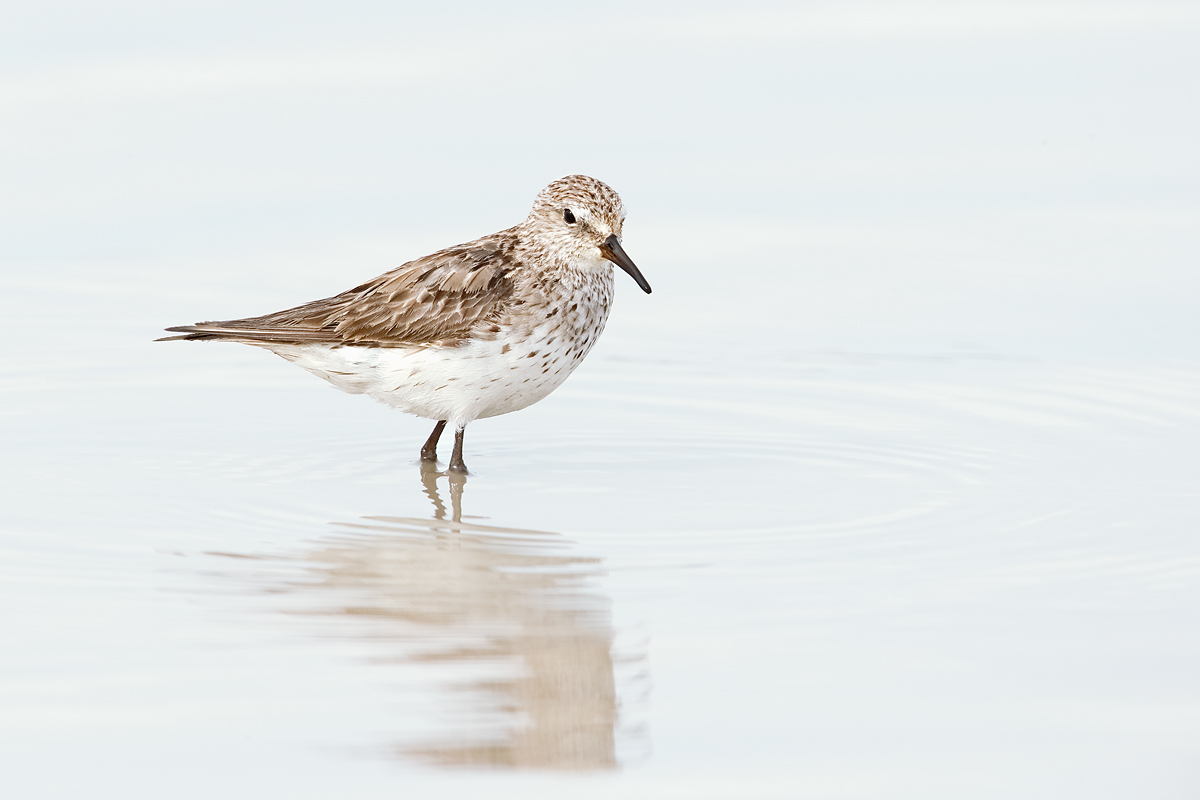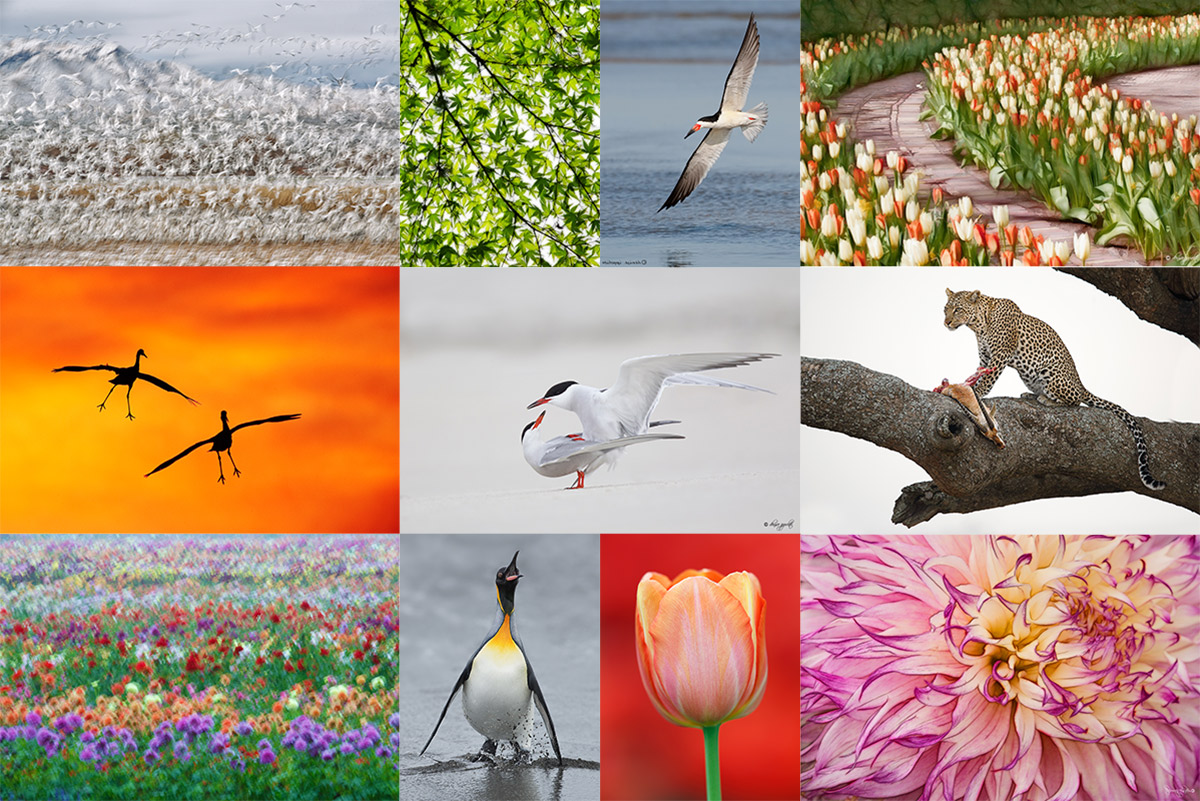The Streak Goes On…
I am feeling pretty good as I wait at the gate for my flight to DFW continuing on to Tokyo, arriving at 4:15pm on Tuesday if I make my conncetion 🙂 Denise Ippolito and Paul McKenzie are leading the Winter in Japan IPT with me.
This post marks 75 straight days with a new educational blog post, a record by far that should be extended for at least another day or so, or not. Or more…. I am not sure how good the internet access (if any) will be in Japan. To show your appreciation for my efforts here, we ask that use our B&H and Amazon affiliate links for all of your B&H and Amazon purchases. Please check the availability of all photographic accessories in the BIRDS AS ART Online Store. We sell only what I use and depend on. We will not sell you junk. We know what you need to make creating great images easy and fun. And we are always glad to answer your gear questions via e-mail.
You can find the following items in the store: Gitzo tripods, Mongoose M3.6 and Wimberley heads, plates, low feet, and accessories, flash brackets, , Delkin e-film Pro Compact Flash Cards, LensCoat products, and our unique line-up of educational materials including ABP I & II, Digital Basics, Site and Set-up e-Guides, Canon and Nikon Camera Users and AF e-Guides, and MP-4 Photoshop video tutorials among others.
We would of course appreciate you using our B&H and Amazon affiliate links for all of your B&H and Amazon major gear, video, electronic, household, and personal purchases. For the photographic stuff mentioned in the paragraph above we would of course greatly appreciate your business. Here is a huge thank you to the many who have been using our links on a regular basis and visiting the BAA Onliine store as well.
Thanks and enjoy today’s blog post!
|
This image was created with the tripod-mounted Canon EF 200-400mm f/4L IS USM Lens with Internal 1.4x Extender (with the internal TC in place at 506mm) and the Canon EOS-1D X). ISO 1600. Evaluative metering +2/3 stop as framed: 1/400 sec. at f/5.6 in Manual Mode. Two sensors above the central sensor/AI Servo-Surround/Rear Focus on the bear’s muzzle below the eyes active at the moment of exposure. Click here if you missed the Rear Focus Tutorial. Click on the image to see a larger version. |
Why Not Focus On the Subject’s Eye?
Thanks to BAA-Friend and multiple IPT veteran Brent Bridges for asking the question via e-mail when he wrote:
Dear Artie,
I told Denise the blastoff on the Sunday of the Bosque IPT with tens of thousands of birds was surreal. That alone was worth the price of the whole trip. You two had the group in the right place every minute for four straight days. 🙂
I meant to ask you an AF question but forgot. In the past on you BAA site you showed a Yellow-billed Pintail where you had focused on the upper breast just above the waterline; with a Magellanic Oystercatcher you focused one inch behind the eye; to create a White-rumped Sandpiper image you focused on the side of the bird’s breast; and for a coastal Brown Bear photo you focuses on the bear’s muzzle below the eyes. I have been trying to put a focusing sensor on the subject’s eye. Can you please tell me the reasons you focused elsewhere?
Thanks, Brent
|
This Magellenic Oystercatcher image was created with the Gitzo 3532 LS carbon fiber tripod, the Mongoose M3.6 head, the Canon EF 600mm f/4L IS II USM lens, the Canon 2x EF Extender III (Teleconverter), and the Canon EOS-1D X. ISO 800. Evaluative metering +1 stop as framed: 1/500 sec. at f/10 in Manual mode. Central sensor (by necessity) Expand/AI Servo Rear Focus AF one inch behind the eye active at the moment of exposure. Click on the image to see a larger version. |
My Reply
Sometimes it is not possible to get the sensor right on the bird’s eye. With the bird’s head often small in the frame it can be impossible to focus on the eye…. That is especially true when using an f/4 super-telephoto lens and the 2X III TC. In those situations folks are limited to the central sensor only. In all cases, I try to find something that is roughly on the same plane as the subjects eye. Check out each of the images here and I think that you will see that the spot that I chose was either on the same plane as the eye or very close to it. Thanks for your great question and take care Brent. Did I ever tell you that you are a mensch??
Thanks again for joining us and later and love, artie
|
This White-rumped Sandpiper image was created with the Gitzo 3532 LS carbon fiber tripod, the Mongoose M3.6 head, the Canon EF 600mm f/4L IS II USM lens, the Canon 2x EF Extender III (Teleconverter), and the Canon EOS-1D X. ISO 800. Evaluative metering +1 2/3 stops: 1/640 sec. at f/10 in Manual mode. Central sensor (by necessity) Expand/AI Servo Rear Focus AF on the side of the bird’s breast active at the moment of exposure. Click on the image to see a larger version. |
AF Point Selection With Shorebirds and Ducks
In the image above, with the bird relatively small in the frame, placing the central AF sensor (by necessity with the 2X II TC in place) on the bird’s breast made perfect sense. With shorebirds and ducks that that are much larger in the frame, I most often will place the AF sensor on the bird’s back just this side of the centerline, again, trying to approximate the plane of the bird’s eye. And that goes quadruple when you are limited to the central sensor; with large in the frame subjects and central sensor only AF you will be dead in the water and wind up cutting off parts of the bird…. Even if you managed to fit a smaller subject completely into the frame, the compositional balance would be very poor.

|
|
This is the BreezeBrowser Main View screen capture for the Wood Duck image below. |
BreezeBrowser Main View Screen Capture
Above is the BreezeBrowser Main View screen capture for the Wood Duck image below. Note that the illuminated red square shows the AF point that was active at the moment of exposure. As mentioned above, I place the active AF sensor on the bird’s back on a spot that I thought would approximate the plane of the duck’s eye….
Note: in Breezebrowser you need to check “Show Focus Points” under View to activate this feature. To see the focus points in DPP check “AF Point” under View or hit Alt L. Hit Alt M to see Highlight Alert. To learn how and why I use DPP (Canon Digital Photo Professional) to convert my RAW files, see the info on our DPP RAW Conversion Guide here.
Note the perfect histogram the WHITEs creeping well into the rightmost histogram box. Regular readers know that I use and depend on BreezeBrowser every day of the year. It allows me to sort my keepers and delete the rejects faster than any other Windows browsing program. We use it on the main computer in the home office to catalog our images file-drawer style. And the companion program, Downloader Pro allows me to download my images quickly and conveniently. It automatically adds my IPTC data and the shooting location. I have it set up to create a folder named by the Month/date/year. The Breezebrowser/Downloader Pro combo saves me many hours each week. To learn more or to purchase this great PC only program, click here. As far as the BreezeBrowser/Downloader Pro Combo goes, if you are using a Windows platform and are not using these two great programs you are at best, wasting your valuable time. My understanding is that Photo Mechanic is best for Mac-users who do not opt to run Parallels or VM Ware fusion on their Macs so that they can enjoy the many advantages of BreezeBrowser. See BreezeBrowswer on a Mac for details.

|
|
This Wood Duck drake was photographed on the San Diego Short Notice IPT with the Gitzo 3532 LS carbon fiber tripod, the Mongoose M3.6 head, the Canon EF 600mm f/4L IS II USM lens, the Canon 1.4x EF Extender III (Teleconverter), and the Canon EOS-1D X. ISO 400. Evaluative metering +2/3 stop as framed at 3:34pm: 1/1000 sec. at f/6.3 in Av mode. Color temperature: AWB. Central sensor/AI Servo/Surround Rear Focus AF on the bird’s back as detailed above active at the moment of exposure. See the BreezeBrowser screen capture below. Click here to see the latest version of the Rear Focus Tutorial. Click on the image to see a larger version. |
The Crop
As the bird was too centered in the original frame–see in the BreezeBrowser screen capture above, I cropped from below and from the rear using the 3X2 Rectangular Marquee Tool. I love that you can move the whole crop box around after setting the size. I hope to be doing a CS-6 MP-4 Video Tutorial soon detailing how I have gotten around all the annoying changes in CS-6.
Image Question
In this situation I found it easier to work in Av mode and dial in exposure compensation (EC) as needed working most often at zero or -1/3 stop, the latter if the bird swam through dark green reflections. In this image how did I know in advance that +2/3 would be perfect?
EOS-1D X Autofocus Guide
Learn the ins and out of the great AF system of the 1D X. Of special interest to bird photographers will be my comments and strategies involving Cases 1-6, the custom-Case that I created and use for most of my bird photography (with detailed instructions for setting it up of course), my strategy for Select AF area selection mode (on AF4, the fourth purple menu), and pretty much anything that has to do with 1D X autofocus….Get your PDF via e-mail here for only $25.
5D Mark III User’s Guide
5D III folks can learn all of the above plus tons more including everything that I know about 5D III exposure fine points, the top LCD and all camera control buttons, the 5D Mark III drive modes, how to manually select an AF sensor, choosing an AF Area Selection Mode; how and why (includes extensive detail), Menu Item Access, coverage of almost all Menu Items and Custom Functions including the following: Image Quality, Auto Lighting Optimizer, Highlight Tone Priority, AF Configuration Tool (includes details on the custom setting that I use), Acceleration/deceleration tracking, Tracking sensitivity, Lens drive when AF impossible, Orientation linked AF point (I love this feature on the 5D III!), Highlight alert, Histogram display, Auto rotate, Custom Shooting Mode set-up, Safety shift, using the Q button, and setting up rear focus. The guide is–of course–written in my informal, easy-to-follow style.
You can learn more about the 5D Mark III User’s Guide or have the PDF sent to you by clicking here.
A Creative Adventure/BIRDS AS ART Instructional Photo-Tours (IPTs)/Two great leaders: Arthur Morris & Denise Ippolito.
Arthur Morris/BIRDS AS ART www.BIRDSASART-blog.com for the latest images, info, & education
Denise Ippolito/A Creative Adventure www.deniseippolito.com: get yourself out of the box!
Denise’s e-books: Bloomin’ Ideas, A Guide to Filters & Effects, The Softer Side of Macro, & more. Free Monthly Creative MiniMag: www.deniseippolito.com/magazine
Nickerson Baby Beach-nesting Birds IPT, Long Island, NY: 3-Full Days/July 22-24, 2014: $1199.
Black Skimmers, Common Terns with chicks, American Oystercatcher & Piping Plover families; breeding behaviors including courtship feeding, display flight and combat, and copulations. Gulls and shorebirds.
UK Puffins IPT. Early July, 2014.
Details TBA. Please e-mail to be placed on the interested list.
Tanzania Serengeti Summer Safari: Leave US: August 9—return: August 24, 2014: $12,999.
Co-leaders: Arthur Morris & Todd Gustafson. Wildebeest/The Great Migration, cats, elephant, giraffe, zebra, birds & more. Please e-mail for brochure.
Swan Island Dahlia Farm IPT, Canby, OR, September 8-12, 2014: 5 FULL DAYS: $1699.
Leader: Denise Ippolito. 40 acres with 350+dazzling varieties of dahlias in a plethora of colors, shapes and sizes. Sharpen your technical skills and boost your creative juices. Daily assignments, image sharing, and Photoshop sessions.
Bosque del Apache 2014 A Creative Adventure/BIRDS AS ART “Creative Photography Instructional Photo-Tour.” (IPT). NOV 24-25, 2014. 2-FULL DAYS: $729.
Leaders: Denise Ippolito & Arthur Morris. Introductory Slide program: 7:00pm on Sunday 11/23. This IPT is perfect for folks who want to learn to think outside the box, to create new and different images. Learn to unleash your creative juices at the wondrous Bosque del Apache, NWR in San Antonio, NM.
Bosque del Apache 2014 BIRDS AS ART/A Creative Adventure Instructional Photo-Tour (IPT). NOV 29-DEC 3, 2014. Totaling 4 FULL-DAYS: $1449
. Leaders: Arthur Morris and Denise Ippolito. Introductory Slide program: 7:00pm on Sunday 11/29. Tens of thousand of Snow Geese, 10,000 Sandhill Cranes, ducks, amazing sunrises, sunsets, and blast-offs. Live, eat, and breathe photography with two of the world’s premier photographic educators at one of their very favorite photography locations on the planet.
Antarctica/The Extended Expedition Voyage: Antarctic Peninsula, South Georgia and Falkland Islands: December 13, 2014 to January 10, 2015.
Please e-mail for details.
BAA offers a wide range of books, e-Guides, and educational materials and photographic accessories at the lowest prices around—25+ years of experience, and the best advice you can get. We will not sell you junk. Access the BAA Store here or call us at 1-863-692-0906.
Questions? Please e-mail us at birdsasart@verizon.net or photographybydenise221@gmail.com.
Support the BAA Blog. Support the BAA Bulletins: Shop B&H here!
We want and need to keep providing you with the latest free information, photography and Photoshop lessons, and all manner of related information. Show your appreciation by making your purchases immediately after clicking on any of our B&H or Amazon Affiliate links in this blog post. Remember, B&H ain’t just photography!




Amazon
Everyone buys something from Amazon, be it a big lens or deodorant. Support the blog by starting your search by clicking on the logo-link below. No purchase is too small to be appreciated; they all add up. Why make it a habit? Because I make it a habit of bringing you new images and information on an almost daily basis.
Typos
In all blog posts and Bulletins, feel free to e-mail or to leave a comment regarding any typos, wrong words, misspellings, omissions, or grammatical errors. Just be right. 🙂
IPT Info
Many of our great trips are filling up. See especially info on the Holland, Nickerson Beach, and Bosque IPTs. Two great leaders on most trips ensure that you will receive individual attention, have all of your questions answered, and learn a ton including how to think like a pro, see the situation, and get the right exposure every time. In addition you will have fun, and make lots of great images. Click here for IPT details and general information.




















-In this image how did I know in advance that +2/3 would be perfect?
Well, since nobody else is playing I’ll take a crack at it. Did you determine the correct EC for a different background (which you mentioned was usually at 0), and then determine the number of stops difference between the meter reading for the two backgrounds and use that to add 2/3 of EC?
Yes and good on you. Wanting to push the exposure to the right to open up the details in the dark feathers I went with +2/3 because of the light blue water.
Artie, Just wanted to say thank you again for the great learning experience in Bosque 2013. I have been looking through a friend’s images from Bosque and I can tell that he has not been to the artie School of Editing! I noticed right away there were birds on the edge, pancake wing positions, not enough spacing between birds, etc. Thank you again for your sharing your knowledge to help me become a better photographer and image editor. 🙂
Thanks for your kind words. Denise and I are looking forward to working with you guys next year on the Bosque Creative IPT. artie
pardon me mi ignorance but is possible to do exposure compensation in manual mode? I thought it was possible only when you use AV or TV mode?
Thanks
Hi Sergio, When you are working in Manual mode you can see the “EC” by noting the position of the indicator on the analog scale in the viewfinder. So you are right, there is no actual EC in Manual mode as I use it, but many camera offer it. I do not use that feature at all, at least not yet. artie